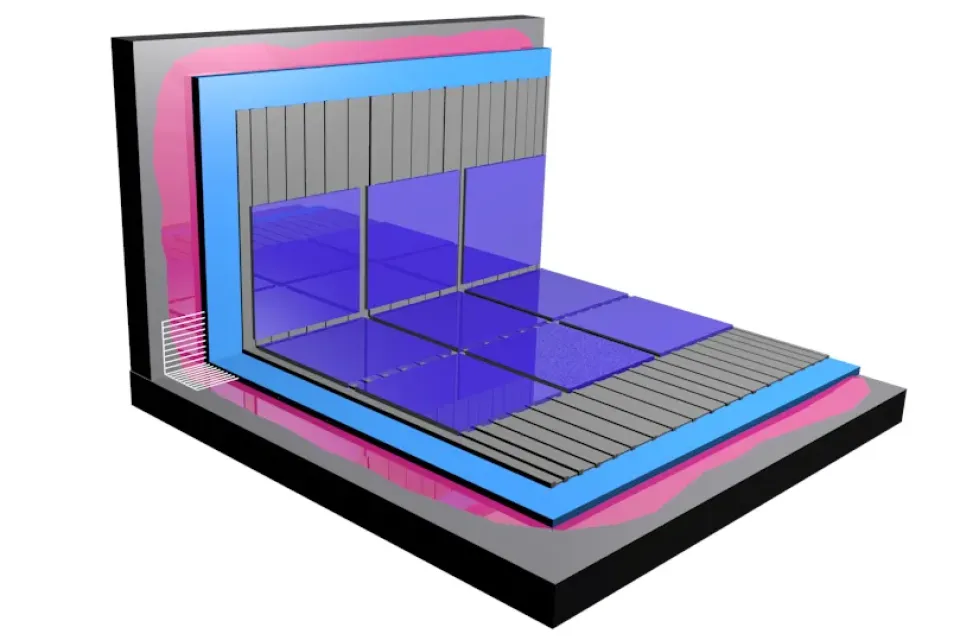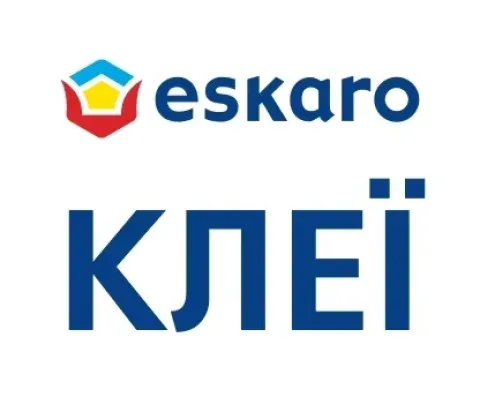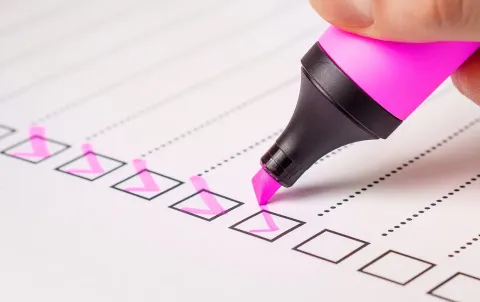
Waterproofing
Waterproofing work in the bathroom
Moisture is a friend and an enemy
Water is the source of life on Earth. And, of course, no living organism on our planet, including humans, can exist without water. In addition, water is an indispensable assistant to humans in everyday life. And now it is impossible to imagine a home without water supply and sewage. A bathroom, a toilet, a washing machine, a sink in the kitchen - this is far from a complete list of objects in a house (or apartment) that use water.
However, everything should be in moderation, and excess water in a room no longer becomes a person's assistant, but on the contrary, can cause considerable harm. A "flood" and "flood" in a room is a real natural disaster. And, unfortunately, this sometimes happens. In order to minimize losses in the event of unauthorized water leakage in a room, it is recommended to take some preventive measures. And first of all, this concerns the installation of waterproofing in rooms where there is water: in the toilet, kitchen, bathroom. If we choose the priority of the room for waterproofing, then it is, of course, the bathroom.
The need for bathroom waterproofing
The reasons for the primary installation of waterproofing in the bathroom are not only the theoretical possibility of flooding, but also constant high humidity.
Every day in the bathroom, water gets on the floor and walls. It should be noted that the presence of tiles is not a guarantee of waterproofing the surface, because the surface cladding consists of individual tiles, between which there are expansion joints. Cracks can form in these joints, and the tile itself can split, and then expect trouble, because, as they say, water will find a crack everywhere.
When splashed or spilled water penetrates the base of the walls or floor, they become a favorable soil for the growth of mold fungi, the spores of which are dangerous to human health. And if there is too much water, it penetrates into adjacent rooms.
Separately, it should be noted that the bathroom should have a fairly high threshold in the doorway. And if the design of the room allows, it is better to arrange a drain for water in the floor, providing for a slight slope of the floor towards it. If the arrangement of such a drain is impossible, then a compromise solution may be a small plumbing "bath" (a recess in the floor) where the water can drain.
What needs to be waterproofed in the bathroom?
It is recommended to waterproof the bathroom.:
- the entire floor, with a small (minimum 10 cm) waterproofing layer up the walls;
- walls around all sources of moisture within a radius of 50 cm.
.jpg)
Waterproofing for interior work is not a finishing coating. It is applied to the base (floor/walls), and then the surface is tiled.
Types of waterproofing
There are several types of waterproofing for premises. For domestic needs, the most common type is coating waterproofing. Coating waterproofing for interior work can be elastic and inelastic.
Elastic waterproofing is divided into one-component and two-component.
One-component waterproofing is a ready-to-use water-dispersion latex (acrylic) mastic (for example Eskaro Aquastop Hydro , Grover MW301 ).
Two-component waterproofing (for example Eskaro Aquastop Hydro 2k ) consist of two "semi-finished products" that are mixed before use: a liquid part (latex dispersion) and a dry part (cement-sand mixture with special additives).
The use of elastic waterproofing is preferable, because they do not collapse (do not crack) in the event of small mechanical deformations of the building structure or the base on which they are applied.
Elastic coating waterproofing creates a seamless waterproof film. To apply such waterproofing, it is not necessary to perfectly level the surface. They can be applied to most typical building surfaces (heavy concrete, cement screed, cement-sand plaster or putty, waterproof gypsum plaster, etc.).
To give the waterproofing film additional strength, reinforcing fibers can be added to the composition of elastic waterproofing. For example, such fibers are found in waterproofing Eskaro Aquastop Hydro і Eskaro Aquastop Hydro 2k .
Reinforcing tapes
In case of strong mechanical deformation of the building structure, even the presence of reinforcing fibers in the waterproofing composition will not always be able to save the waterproofing film from damage. Therefore, when using coating waterproofing in critical places (corners of walls, joints of the floor with walls, outlets of plumbing fixtures, joints of dissimilar materials, drains for water drainage, etc.), it is recommended to use special reinforcing tapes in combination with liquid waterproofing.
Such tapes come in two types. Tapes that perform only a reinforcing function (for example Eskaro Hydro Tape ), are made of durable synthetic material that absorbs mastic.
Tapes of the second type, in addition to reinforcement, also perform the function of an additional waterproofing layer, because they are made of a special thermoplastic elastomer with a polypropylene web soldered to it on both sides (for example Eskaro Hydro Tape 2k ).
Surface preparation before applying waterproofing
It is recommended to prepare the surface before applying the coating waterproofing (to reduce its consumption and increase adhesion to the base) with a special primer (for example Aquastop Hydro Primer ). This primer maintains high residual tack, creates an additional barrier to moisture penetration and can be used for both absorbent and non-absorbent surfaces.
When furnishing our home, we strive for perfection. And having waterproofing in the bathroom will help preserve some of your peace of mind, health and finances.







